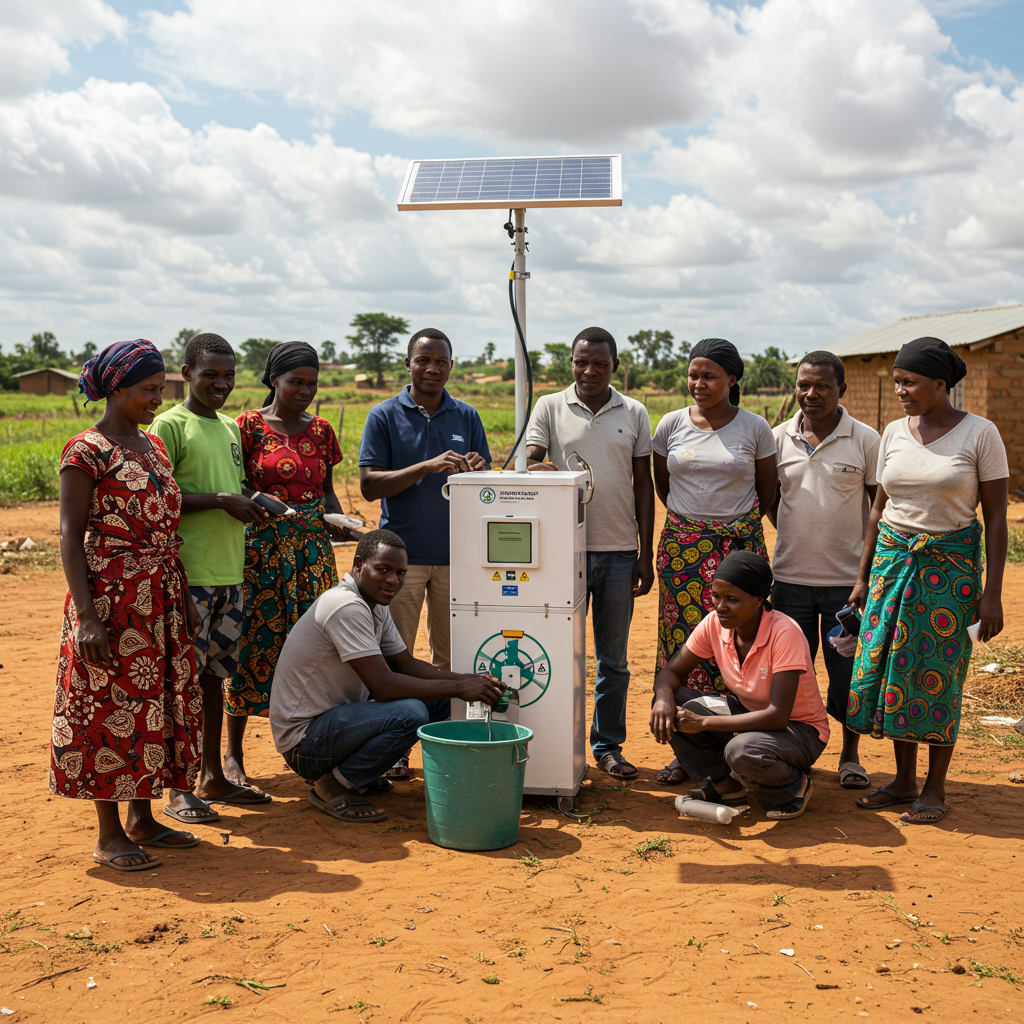SpaceX’s ambitious Starship program faced another significant setback with its third consecutive test flight ending prematurely. While the most powerful rocket ever built achieved new milestones during its latest launch from Texas, its dramatic conclusion once again raises questions about the path forward for Elon Musk’s vision of sending humanity to Mars and supporting NASA’s lunar ambitions.
The Latest Starship Test Flight: Progress and Problems
The ninth test flight overall for the Starship system, which comprises the 120-meter-tall Ship atop the Super Heavy booster, launched shortly before dusk on Tuesday, May 29, 2025. Hopes were high after two previous test attempts earlier in the year also ended in fiery “rapid unscheduled disassembly” (RUD), SpaceX’s term for explosions.
This flight, however, marked the greatest progress to date. The integrated system successfully launched, separated the Ship from the Super Heavy booster, and the Ship itself reached its intended orbit insertion altitude, meaning its engines fired for the planned duration to reach space velocity. Crucially, the mission also successfully demonstrated the use of a previously flown Super Heavy booster, a vital step towards achieving SpaceX’s goal of fully reusable rockets – a principle that has underpinned the success of their workhorse Falcon fleet.
Yet, problems quickly emerged after separation. Contact was lost with the Super Heavy booster, which veered off course and plunged into the Gulf of Mexico instead of executing a controlled splashdown. Meanwhile, the Starship Ship experienced difficulties. A planned deployment of mock Starlink satellites was aborted when the payload door failed to open properly. More critically, the spacecraft lost attitude control – its ability to maintain its pointing direction – during its orbital coast. According to Dr. Jonathan McDowell, an astronomer at the Harvard-Smithsonian Center for Astrophysics, this loss of control was the “big failure” of the mission. The Starship ultimately succumbed to structural issues, springing leaks and breaking up in orbit before tumbling uncontrollably during re-entry.
SpaceX’s “Fail Fast, Learn Fast” Philosophy
SpaceX operates under a core philosophy of rapid iteration and testing, often summarized as “fail fast, learn fast.” This approach views test failures not as disasters but as essential learning opportunities that inform rapid design changes and improvements. This strategy proved immensely successful in the development of their Falcon 9 and Falcon Heavy rockets, systems that have now flown over 100 missions and demonstrated unprecedented booster reusability, dramatically lowering the cost of accessing space for both commercial and government clients, including securing critical National Security Space Launch contracts. Their Crew Dragon spacecraft, developed under a similar iterative process, has already restored human spaceflight capability for the US, successfully flying NASA astronauts and private citizens to orbit and the ISS for years, far ahead of competitors like Boeing’s Starliner which only recently completed its first crewed test flight after significant delays.
However, applying this approach to Starship presents different challenges. While Falcon launches are costly, each Starship test flight is substantially more expensive. The sheer scale and complexity of the Starship system, designed to be the cornerstone for building economies beyond Earth and sending humans to Mars, introduce unique financial and technical risks.
Challenges and Criticisms
Some experts express concerns about the sustainability and perceived safety focus of the Starship program given the repeated, costly failures. Dr. Leah-Nani Alconcel, a spacecraft engineer, highlights that Starship’s primary goal – a human mission to Mars – relies on developing a market that doesn’t yet exist, magnifying the financial gamble. She suggests the indifference or even celebration of destructive failures doesn’t project safety and reliability as the foremost drivers. Dr. McDowell anticipates “more failures” as SpaceX works through the challenges of this “whole new generation of space technology.”
Grand Ambitions and Tight Timelines
Despite the setbacks, SpaceX’s ambitions for Starship remain immense. Beyond the long-term vision of Mars colonization championed by Elon Musk, the system is central to NASA’s Artemis program, which aims to establish a long-term human presence on the Moon. NASA selected Starship as the human landing system for the Artemis program, with the first crewed lunar landing currently targeted for mid-2027.
However, the repeated test failures are putting pressure on NASA’s timeline. Journalists and experts like Dr. David Whitehouse and Dr. McDowell note that achieving the necessary reliability for crewed missions could take many more years than currently scheduled, potentially creating an “embarrassing” situation for NASA. This underscores the concept of “Elon Time,” where Musk’s projected timelines are often significantly more optimistic than reality.
The Competitive Landscape and the Path Ahead
While competitors like Jeff Bezos’s Blue Origin and various Chinese ventures are active in the commercial space sector, no other company is attempting anything on the revolutionary scale of Starship. Dr. McDowell posits that if SpaceX can make Starship work – a task he believes is essential for their long-term dominance – it will solidify their position as the undisputed industry leader.
So, what is next for SpaceX’s Starship? The immediate future involves intensive data analysis from the recent test flight to understand the precise causes of the numerous anomalies. This data will inform design modifications and fixes implemented before the next test attempt. SpaceX is committed to this iterative process, betting that continued testing and learning from failures, however dramatic or costly, is the fastest path to developing a fully reusable, super heavy-lift system capable of interplanetary travel.
While the recent failures prevent outright optimism, the progress made in this flight, coupled with SpaceX’s proven track record in developing and operating complex reusable systems like Falcon and Crew Dragon, provides experts like Dr. McDowell with “measured confidence” that they will eventually succeed in getting Starship to work. The stakes are incredibly high, not just for SpaceX but for the future of deep space exploration.
References
- https://www.bbc.com/news/articles/c62n0j4ml77o
- https://www.bbc.co.uk/news/articles/c62n0j4ml77o
- https://www.spacex.com/updates/
- https://spaceflightnow.com/2024/08/31/live-coverage-spacex-to-launch-21-starlink-satellites-on-falcon-9-rocket-from-cape-canaveral-3/
- https://spaceflightnow.com/2024/06/05/live-coverage-nasa-boeing-and-ula-prepare-third-launch-attempt-of-the-starliner-crew-flight-test/




